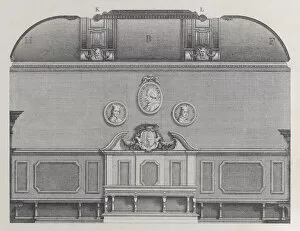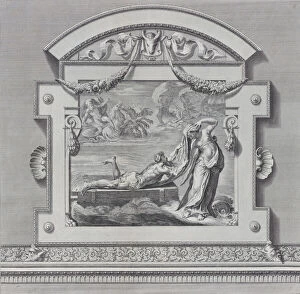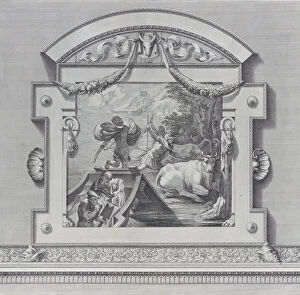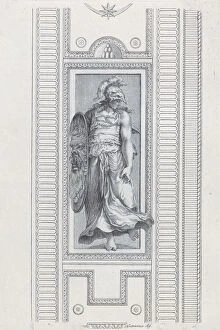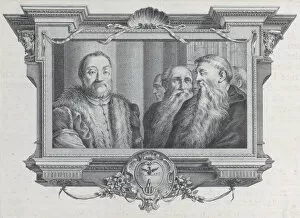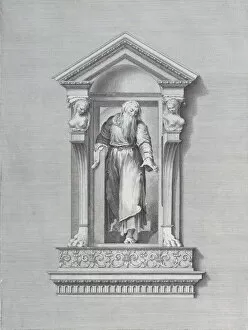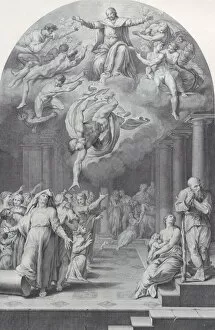Gian Pietro Zanotti Collection
Gian Pietro Zanotti, a renowned artist of the Roman alphabet against architectural backgrounds, left an indelible mark on the art world
All Professionally Made to Order for Quick Shipping
Gian Pietro Zanotti, a renowned artist of the Roman alphabet against architectural backgrounds, left an indelible mark on the art world. His works, such as Plate 6 depicting Ulysses driving a burning stake into Polyphemus' eye in 1756, showcased his exceptional talent and attention to detail. In Plate 1, Zanotti's cross-section of the Hall of the Institute of Bologna revealed his mastery in capturing grandeur and intricacy. Plate 7 captured our imagination with its portrayal of the blinded Polyphemus guarding the entrance to his cavern. The emotions conveyed through Zanotti's brushstrokes were truly captivating. Equally mesmerizing was Plate 27, where Ulysses was received by Alcinous king of Phaeacia and Queen Areta after his shipwreck in 1756. Collaborating with Bartolomeo Crivellari and Gabriel Soderling for Plates 2 and 26 respectively, Zanotti continued to amaze us with his ability to bring mythological scenes to life. Whether it was Ulysses escaping on a raft with Leucothea's aid or Ulysses' companions stealing Apollo's sacred oxen in Plate 24, each composition exuded artistic brilliance. Zanotti also explored other themes beyond mythology. Plates like number 22 depicted two nude figures wearing veils while number 19 showcased a figure seen from behind with their left hand raised. These pieces demonstrated Zanotti's versatility as an artist who could capture beauty from various perspectives. Gian Pietro Zanotti's contributions to art are nothing short of extraordinary. Through his skillful brushwork and imaginative compositions like those found in Plates 6, 17, and18 - he transported viewers into mythical realms while simultaneously showcasing human form at its finest in plates like numbers19and22. His legacy will forever be celebrated as a testament to his artistic genius.



